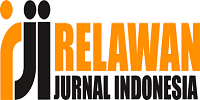Integration of science and religion in general courses: Insights from Islamic teacher education
DOI:
https://doi.org/10.46963/asatiza.v6i1.2557Keywords:
Integration of Science, Religion, Madrasah Ibtidaiyah, TeacherAbstract
This study investigates lecturers’ understanding of the concept and approaches to integrating general and religious sciences within the Madrasah Ibtidaiyah Teacher Education program. The integration of science and religion is a critical aspect of the curriculum, as the program aims to prepare future educators capable of teaching scientific concepts imbued with religious values in a holistic manner, thereby eliminating the dichotomy between science and religion. This research employs a descriptive case study design with a qualitative approach. Data were collected through observation, documentation, and interviews, and analyzed using content analysis and descriptive analysis techniques. The findings reveal that lecturers' understanding of the integration of general and religious sciences can be categorized into two perspectives: (1) pragmatic understanding and (2) normative understanding. Furthermore, three distinct pedagogical approaches are employed to integrate these domains: (1) the equality approach, (2) the parallelization approach, and (3) the complementary approach. These findings provide valuable insights and serve as a foundation for policy development in Islamic higher education institutions, emphasizing their unique identity and contribution to education.
Downloads
References
Abdullah, M. A. (2015). Religion, Science, and Culture: An Integrated, Interconnected Paradigm of Science. Al-Jami’ah: Journal of Islamic Studies, 52(1), 175. https://doi.org/10.14421/ajis.2014.521.175-203
Arsyad, A. (2016). Integration Tree and the Interconnectivity of Science and Religion. KALIMAH, 14(2), 115. https://doi.org/10.21111/klm.v14i2.608
Brunton-Smith, I. (2018). Systematic Social Observation (G. J. N. Bruinsma & S. D. Johnson, Eds.; Vol. 1). Oxford University Press. https://doi.org/10.1093/oxfordhb/9780190279707.013.34
Coil, C., & Aprison, W. (2023). Islamisasi Pengetahuan Syed Naquib Al-Attas dan Ismail Al-Faruqi. YASIN, 3(5), 838–848. https://doi.org/10.58578/yasin.v3i5.1413
Daulay, A. R. & Salminawati. (2022). Integrasi Ilmu Agama dan Sains terhadap Pendidikan Islam di Era Modern. Journal Of Social Research, 1(3), 716–724. https://doi.org/10.55324/josr.v1i3.75
Fatimah, F., & Winarti, E. (2022). Integrasi Imtak dan Iptek: Landasan dan Faktor Kunci Sukses Penerapannya dalam Pendidikan Islam. Tarbiyatuna: Jurnal Pendidikan Ilmiah, 7(2), 149–166. https://doi.org/10.55187/tarjpi.v7i2.5050
Firmansyah, D. & Dede. (2022). Teknik Pengambilan Sampel Umum dalam Metodologi Penelitian: Literature Review. Jurnal Ilmiah Pendidikan Holistik (JIPH), 1(2), 85–114. https://doi.org/10.55927/jiph.v1i2.937
Hajita, M. (2024). Paradigma Integrasi Agama dan Sains dalam Pembelajaran Pendidikan Agama Islam. TA’LIM: Jurnal Studi Pendidikan Islam, 7(2), 265–289. https://doi.org/10.52166/talim.v7i2.6614
Hikmah, A. N., Chudzaifah, I., & Komayanti. (2024). Analisis Kepuasan Kepala Sekolah terhadap Alumni Program Studi Pendidikan Guru Madrasah Ibtidaiyah di Daerah Minoritas Islam. PREMIERE: Journal of Islamic Elementary Education, 6(1), 57–75. https://doi.org/10.51675/jp.v6i1.807
Huda, M. N., & Huda, K. (2024). Harmonisasi Agama dan Kemajuan: Manfaat Integrasi Keilmuan Islam dalam Era Kontemporer. Journal of Islamic Education, 10(1), 146–162. https://doi.org/10.18860/jie.v11i1.24012
Khawani, A. (2022). Urgensi Integrasi Ilmu Ke MI-an dengan Ilmu Islam. Tarbiyah Al-Awlad: Jurnal Kependidikan Islam Tingkat Dasar, 12(2), 147–152. https://doi.org/10.15548/alawlad.v12i2.5216
Lumanatul Latifah. (2024). History of Islamic Education in Indonesia. HISTORICAL: Journal of History and Social Sciences, 3(2), 138–153. https://doi.org/10.58355/historical.v3i2.94
Mas’ud, A., Munawar Said, M. M. S., & Chusna, N. A. (2022). Unity of Science and Islam at UIN Walisongo Semarang and Sultan Agung Islamic University, and Their Relationship with Religious Maderation. Penamas, 35(2), 199–212. https://doi.org/10.31330/penamas.v35i2.634
Masyitoh, D. (2020). Amin Abdullah dan Paradigma Interaksi-Interkoneksi. JSSH (Jurnal Sains Sosial dan Humaniora), 4(1), 81. https://doi.org/10.30595/jssh.v4i1.5973
Mustaqim, M. (2015). Pengilmuan Islam dan Problem Dikotomi Pendidikan. JURNAL PENELITIAN, 9(2), 255. https://doi.org/10.21043/jupe.v9i2.1321
Newman, M., & Gough, D. (2020). Systematic Reviews in Educational Research: Methodology, Perspectives and Application. In O. Zawacki-Richter, M. Kerres, S. Bedenlier, M. Bond, & K. Buntins (Eds.), Systematic Reviews in Educational Research (pp. 3–22). Springer Fachmedien Wiesbaden. https://doi.org/10.1007/978-3-658-27602-7_1
Nurcholis, Moch. (2021). Integrasi Islam dan Sains: Sebuah Telaah Epistemologi. FALASIFA: Jurnal Studi Keislaman, 12(1), 116–134. https://doi.org/10.36835/falasifa.v12i1.461
Ratnasari, A., & Sudradjat, I. (2023). Case study approach in post-occupancy evaluation research. ARTEKS: Jurnal Teknik Arsitektur, 8(3), 427–434. https://doi.org/10.30822/arteks.v8i3.2584
Saadah, M., Prasetiyo, Y. C., & Rahmayati, G. T. (2022). Strategi dalam Menjaga Keabsahan Data pada Penelitian Kualitatif. Al-’Adad: Jurnal Tadris Matematika, 1(2), 54–64. https://doi.org/10.24260/add.v1i2.1113
Saputro, A. (2022). Konsep Integrasi Ilmu Ke- MI An Dengan Ilmu Islam. JIEES: Journal of Islamic Education at Elementary School, 3(1), 1–12. https://doi.org/10.47400/jiees.v3i1.35
Sawaluddin, S., Harahap, K. S., Rido, I., & Supriono, I. A. (2022). The Islamization of Science and Its Consequences: An Examination of Ismail Raji Al-Faruqi’s Ideas. Jurnal Pendidikan Agama Islam (Journal of Islamic Education Studies), 10(2), 115–128. https://doi.org/10.15642/jpai.2022.10.2.115-128
Sholihan, Universiti Teknologi Malaysia, UIN Walisongo, & UIN Walisongo (Eds.). (2015). Islam, science, and civilization: Prospect and challenge for humanity: proceeding of the joint international seminar. Joint International Seminar on Islam, Science, and Civilization, Prospect and Challenge for Humanity, Semarang. LP2M UIN Walisongo.
Sugianto, S., Ansori, M. A., Andari, A. A., Pribadi, J., & Nisa, K. (2024). The Issue of Islamic Higher Education Development in Indonesia from 1945 to Present. Yupa: Historical Studies Journal, 8(1), 192–202. https://doi.org/10.30872/yupa.v8i1.3147
Sugiyono, S., & Iskandar, I. (2021). Integrasi Sains dan Teknologi dalam Sistem Pendidikan Islam Menurut Pandangan Al-Qur’an. Southeast Asian Journal of Islamic Education, 4(1), 127–144. https://doi.org/10.21093/sajie.v0i0.4102
Syadidul Kahar. (2020). Integrasi Ilmu Pengetahuan melalui Epistimologi Kurikulum Pendidikan Islam. WARAQAT: Jurnal Ilmu-Ilmu Keislaman, 4(1), 25. https://doi.org/10.51590/waraqat.v4i1.81
Uskuniyah, S. H., & Ashari, M. Y. (2024). Model dan Karakteristik Pendekatan Perencanaan Pendidikan Islam. Jurnal Manajemen Pendidikan Islam (MANAPI), 3(2), 77. https://doi.org/10.31958/manapi.v3i2.13681
Utomo, A. W., & Dartim, D. (2020). Konsep Pendidikan Islam Integralistik: Studi Pemikiran Buya HAMKA dan Mohammad Natsir. Iseedu: Journal of Islamic Educational Thoughts and Practices, 4(2), 273–292. https://doi.org/10.23917/iseedu.v4i2.14342
Downloads
Published
Issue
Section
License
Copyright (c) 2025 Muhamad Jaeni, Putri Rahadian Dyah Kusumawati

This work is licensed under a Creative Commons Attribution-ShareAlike 4.0 International License.
Authors who publish with this journal agree to the following terms:
1. Copyright on any article is retained by the author(s).
2. The author grants the journal, right of first publication with the work simultaneously licensed under a Creative Commons Attribution shareAlike 4.0 International License that allows others to share the work with an acknowledgment of the work’s authorship and initial publication in this journal.
3. Authors are able to enter into separate, additional contractual arrangements for the non-exclusive distribution of the journal’s published version of the work (e.g., post it to an institutional repository or publish it in a book), with an acknowledgment of its initial publication in this journal.
4. Authors are permitted and encouraged to post their work online (e.g., in institutional repositories or on their website) prior to and during the submission process, as it can lead to productive exchanges, as well as earlier and greater citation of published work.
5. The article and any associated published material is distributed under the Creative Commons Attribution-ShareAlike 4.0 International License

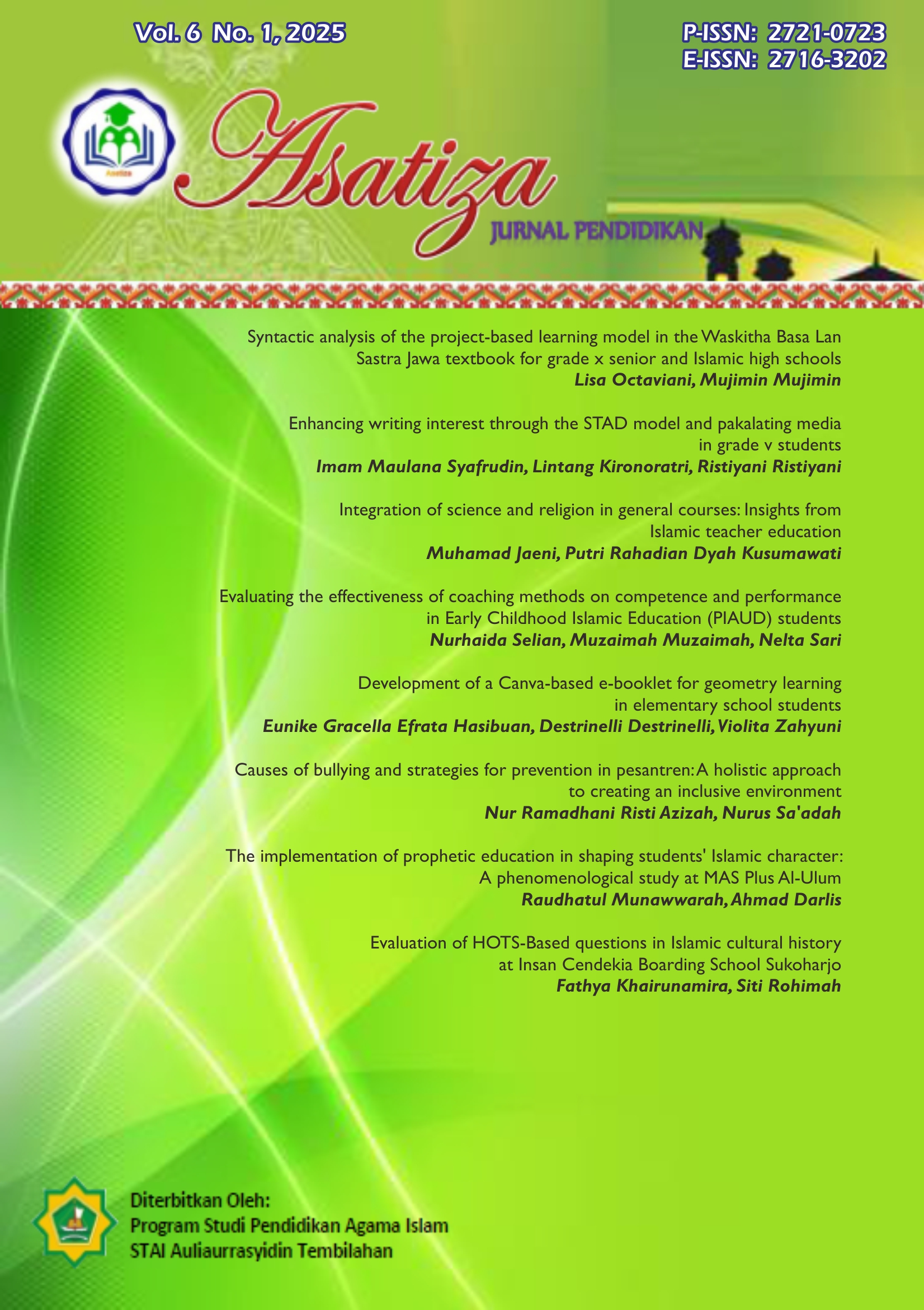




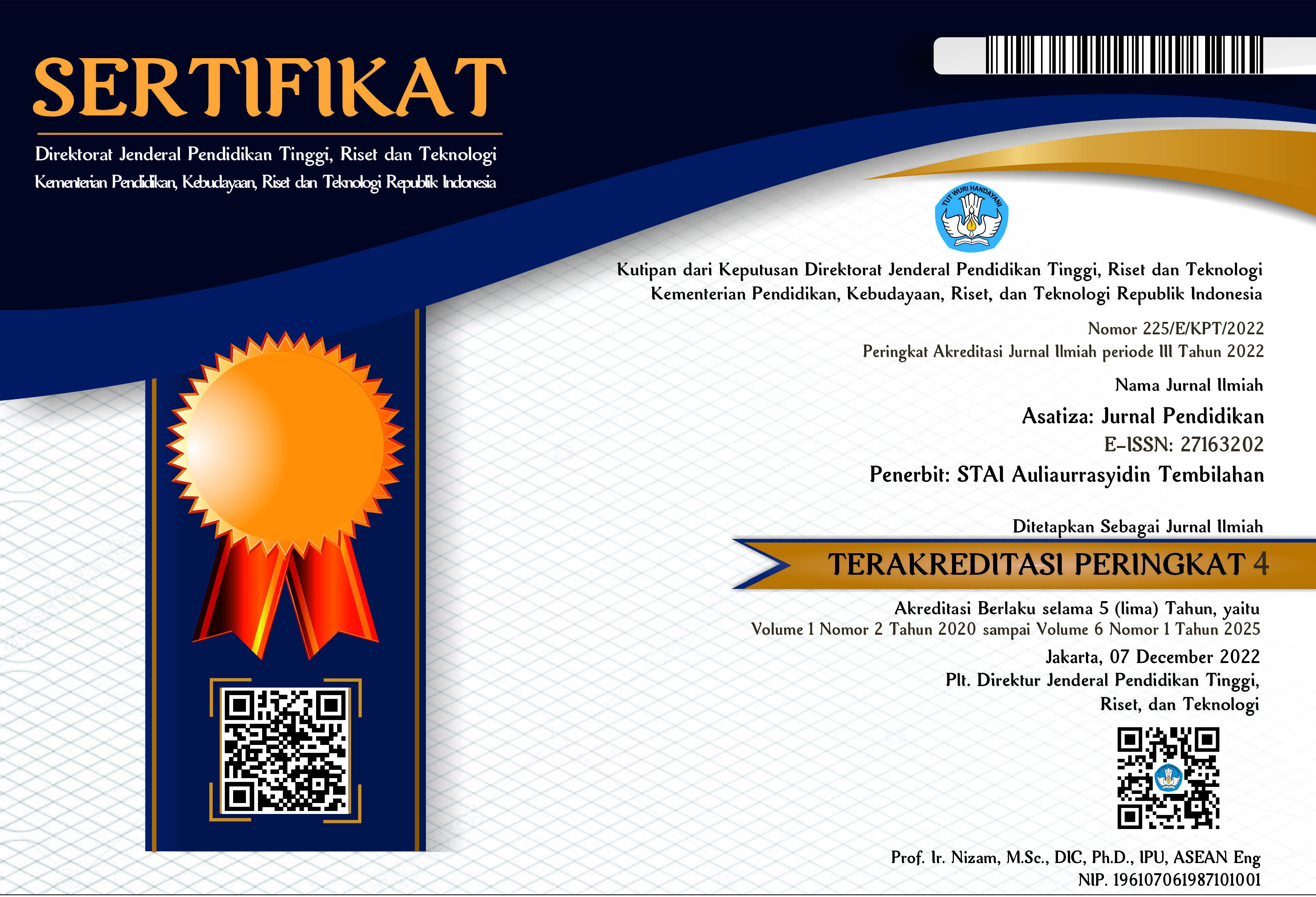


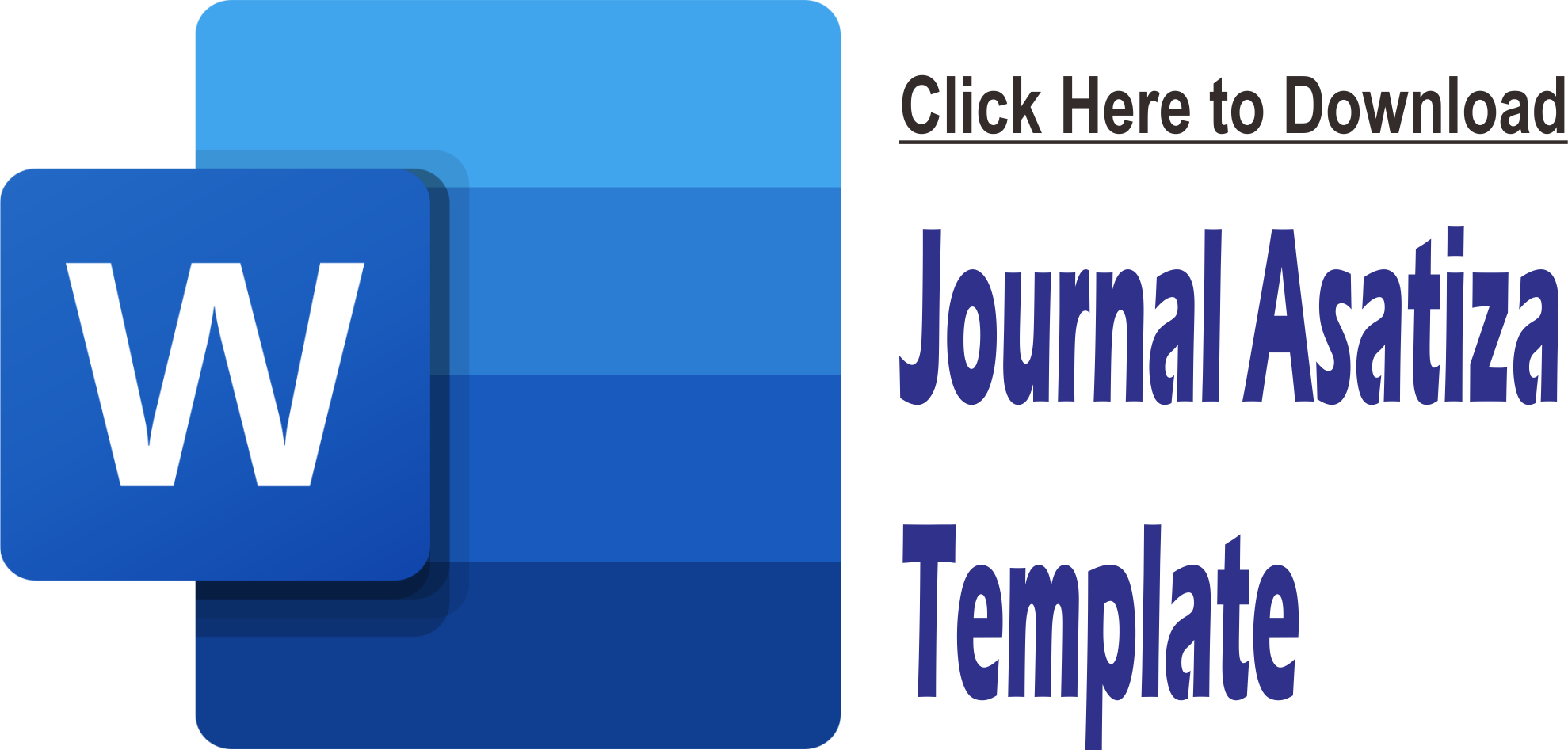
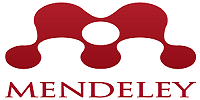
2.png)
